Succulents have become so popular because they require little care and provide a wide range of forms, textures, and colors.
The Crassula genus is large and diverse, with about 300 species in all, but the most well-known member is the green jade plant (Crassula ovata), also known as a houseplant.
Growing at a slow and steady pace, nearly all crassulas can be cared for indoors throughout the year.
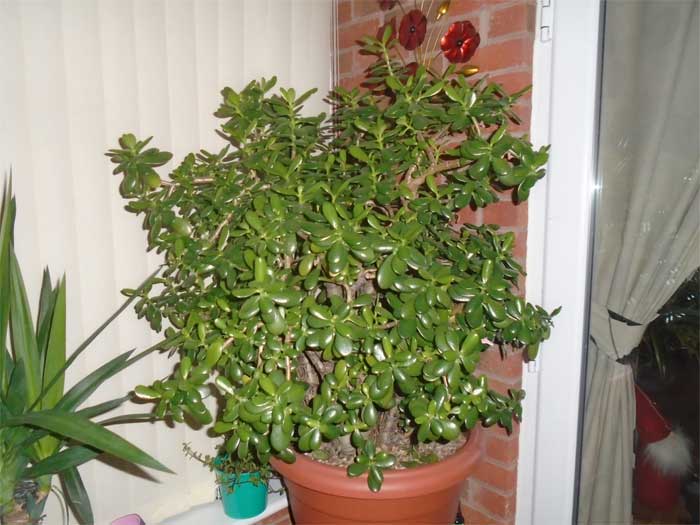
What Is Crassula?
Succulents belong to the stonecrop family (Crassulaceae). Crassula succulents come in a variety of forms and sizes that are all relatively low-maintenance.
While crassula may be found practically everywhere, most cultivated types (cultivars) originate from South Africa’s Eastern Cape.
Crassula needs warm, bright conditions and moist but well-draining soil as houseplants.
Varieties of Crassula
If you are interested in growing crassula plants, consider these popular varieties.
- The name money plant refers to jade plants, while the name money tree applies to both jade plants and other Crassula species. Your jade plant should get four to six hours of direct sunshine per day, a room temperature of 60 to 75 degrees Fahrenheit, and a well-draining potting soil that’s slightly acidic and includes perlite.
- String of buttons (Crassula perforata) have thick, triangular leaves securely wrapped around vertical stems and are popular for their distinctive appearance.
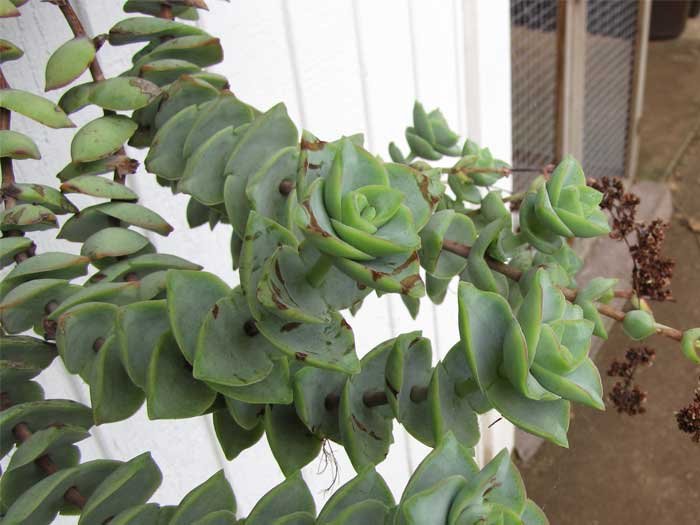
- The silver dollar plant (Crassula arborescens), also called the silver jade plant, is a green succulent that can grow up to four feet tall.
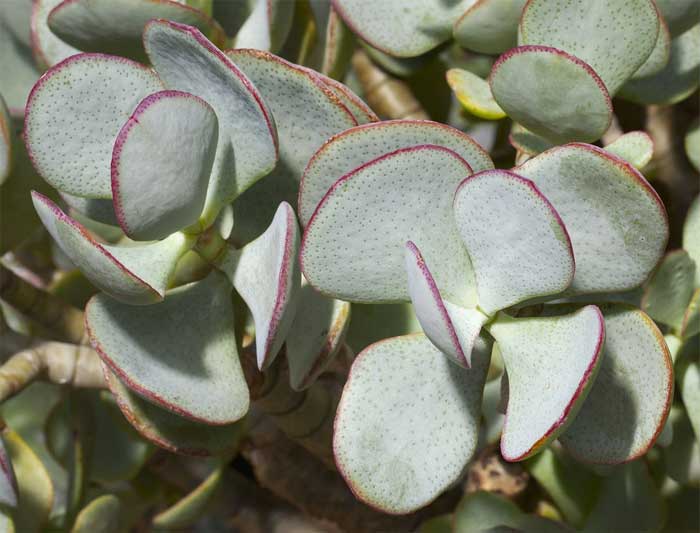 It belongs to the Crassulaceae family and, like other members of this group, doesn’t need much water overall; however, it may require more watering during hotter summer months.
It belongs to the Crassulaceae family and, like other members of this group, doesn’t need much water overall; however, it may require more watering during hotter summer months. - Crassula capitella: This variety comes in a number of different subspecies, all with bright green leaves that change to crimson in sunlight.
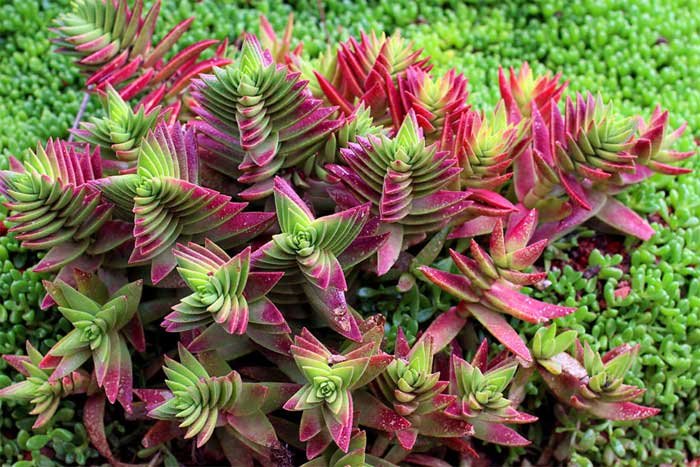 They’re little plants with biennial life cycles. It’s not often cultivated as a houseplant because it is so small
They’re little plants with biennial life cycles. It’s not often cultivated as a houseplant because it is so small
Also read about swiss cheese plant here as well.
How to Propagate Crassula?
The Crassula plant is easy to propagate, so you can follow these tips to grow a considerable amount of plants over time.
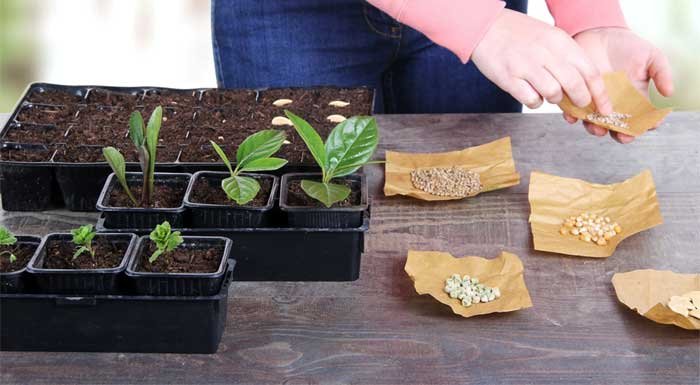
- To start propagating your crassula, all you need is a detached leaf or stem cutting. It doesn’t matter how you divide the offsets of the plant.
- Allow a callus to form on the cut edge of the stem or succulent leaf before you take your cutting and plunge it into the soil. Calluses provide nascent roots with growing areas and prevent the plant from absorbing too much water.
- Choose a clay pot. Planting your stem cutting in an absorbent clay or terracotta container with drainage holes from the start will help to minimize overwatering. Although your crassula cutting will require water and moisture at first, you can reduce the amount of water it receives as it matures.
- Prior to placing your cutting in a pot of damp soil, wait for the callus to form. Once it has, fill your clay pot with moistened earth, and gently insert the leaf or stem cutting into the soil until it is secure.
- In the early stages, keep the soil wet. While mature succulents don’t require a constantly wet environment, new plants should be kept damp to the touch until they establish themselves.
Know the spider plant benefits before bringing it home here.
Growing and Caring for Crassula
Crassula is a relatively simple plant to care for, owing to its minimal requirements.
- Sunlight: Crassula plants thrive under a happy medium of sunshine, just like sensitive to both extreme heat and cold.
 For example, intense light in the summer might help deepen the variegated colors of some types, but too much direct sun can fry the vivid green leaves and cause them to fall off their stems. All-day indirect sunlight or six hours of full sunshine are ideal.
For example, intense light in the summer might help deepen the variegated colors of some types, but too much direct sun can fry the vivid green leaves and cause them to fall off their stems. All-day indirect sunlight or six hours of full sunshine are ideal. - Succulents grow well in a variety of soil types and conditions. These plants require excellent soil that drains quickly and prevents root rot.
- Watering: Most crassula varieties need infrequent, but thorough waterings with dry soil in between.
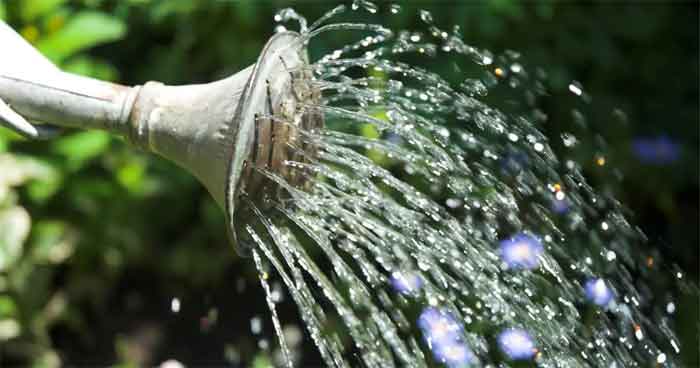 They may require more water during the growing season—spring and summer—but will need less once fall arrives.
They may require more water during the growing season—spring and summer—but will need less once fall arrives. - Fertilizing: Crassula plants don’t require a lot of fertilizer. Every few weeks in the spring and summer, you may apply a fertilizer specifically for succulents to promote development.
- Pruning: Although you don’t need to prune your crassula, it’s possible that you’d want to trim or cut back your crassula plants for aesthetic reasons or keep its beginning size.
- Pests: Though Crassula plants are usually resistant to pets, indoor plants may still attract mealybugs or spider mites.
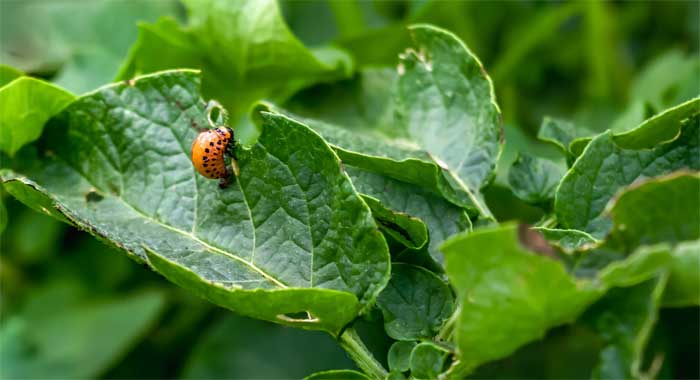 If you encounter these pests, spraying non-chemical deterrents like neem oil can help eliminate them and prevent them from attacking the plant in the first place.
If you encounter these pests, spraying non-chemical deterrents like neem oil can help eliminate them and prevent them from attacking the plant in the first place.
Consider Reading About:
Crassula Plant Care
They’re difficult to kill and readily reproduced from cuts. However, don’t let your plant go without care; it still requires water.
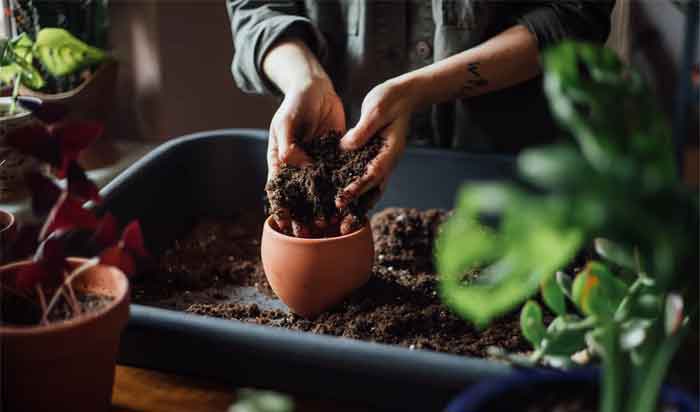
Crassula plants can go dormant and lose leaves if they get too hot, or fail to grow if temperatures plummet.
However, besides being touchy about temperature, Crassulas will proliferate even when neglected. You can also cut them back whenever they start growing leggy branches.
Potting and Repotting Crassula Plants
- Succulents, particularly smaller crassula varieties, are enjoying a resurgence in popularity, and their simple culture makes them worth learning about. They’re ideal container plants because they’re low-maintenance, evergreen, and eye-catching.
- Look for succulent potting soil that is loose and grainy so it evenly drains while preventing clumping.
Know about indoor rubber plant as well here.
Common Pests
Even though different species of crassula encounter distinct pests and ailments, most of them are plagued by aphids, spider mites, mealybugs, and other typical pests—particularly when cultivated indoors.
Conclusion
Crassula plants are incredibly easy to grow and care for, making them ideal for even the most novice of gardeners.
With proper care, these beautiful succulents can thrive both indoors and out, adding a touch of greenery to any space.
Have a look at the types of tulsi plant if you are planning to bring it home.



This article cover everything related to the plant. It gives knowledge about it in a very elaborated manner.